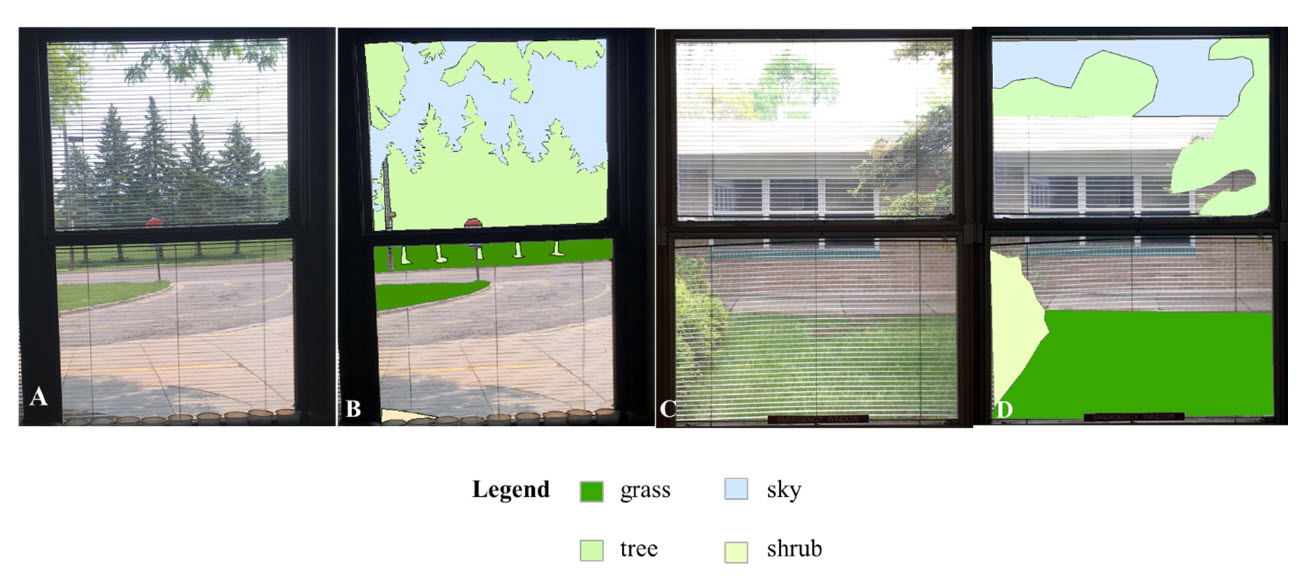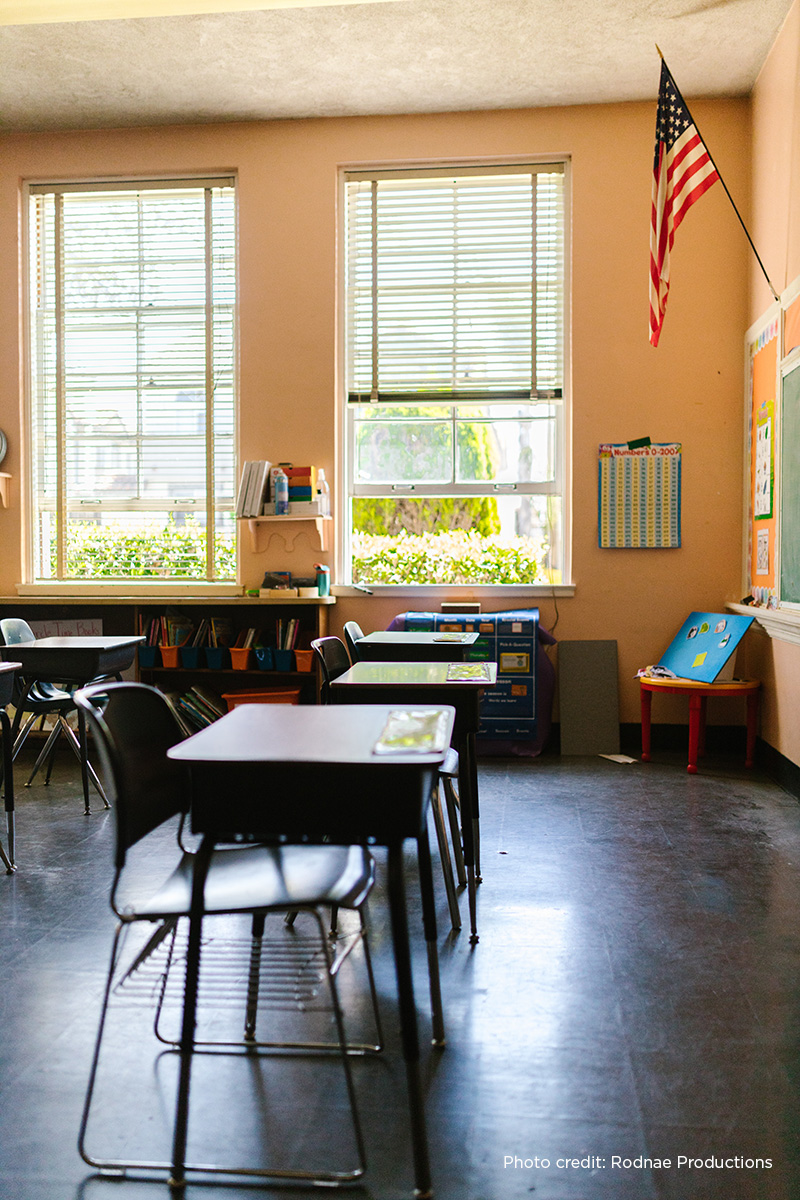Over the past several decades, research has made it quite clear that spending time in nature is good for us. It provides a host of physical and psychological benefits, from reduced stress levels, improvements in attention and mood, increased cognitive abilities, and beyond. In addition, researchers are increasingly demonstrating the importance of maintaining connectedness to nature even during those times when we are stuck indoors. And, now, a new study from Michigan State University is shedding light on the importance of exposure to nature for young children in a place where they spend a great deal of time indoors—the classroom.
Under the direction of Amber Pearson, associate professor in the MSU Department of Geography, Environment and Spatial Sciences, a cross-disciplinary team of health scientists, including geographers, a psychologist, kinesiologists, and a statistician, sought to assess the connection between nature views from classroom windows and children’s behavior problems. The results of their work were recently published as a featured article in a special issue of the "International Journal of Environmental Research and Public Health" focused on children and nature.
“Up until now, much of the research on the benefits of children’s exposure to nature has focused on what they experience at home or in their neighborhood. More often than not, this research has focused on experiences with nature while outdoors,” Pearson said. “But since kids spend a lot of their time at school, we set out to quantify the amount of nature children are exposed to through classroom windows to see if there might be a connection to their behavior.”
 Not only was the team interested in quantifying the amount of nature students were exposed to, but they also wanted to see if the type of nature, such as views of trees, shrubbery, grass, or sky, that they were exposed to made a difference. To determine the outcome of these nature views on the children, the team looked at behavior scores, specifically externalizing behaviors or outward expressions of stress and attention problems.
Not only was the team interested in quantifying the amount of nature students were exposed to, but they also wanted to see if the type of nature, such as views of trees, shrubbery, grass, or sky, that they were exposed to made a difference. To determine the outcome of these nature views on the children, the team looked at behavior scores, specifically externalizing behaviors or outward expressions of stress and attention problems.
“What we found was that children with a higher level of exposure to nature, especially trees, through their classroom windows had lower externalizing behavior problems,” said co-author Catherine Brown, a Ph.D. student involved in the project who is focusing on health and urban geography. “It’s important to note, however, that all of the schools we surveyed for this particular study had relatively good levels of exposure to nature and generally low levels of behavior problems. But, we’d be really curious to see if we would get similar results if we could have a more diverse sample of schools and children.”
The study adds to a growing body of research that school districts and communities can turn to for assistance when designing or looking to improve their schoolyards. “Our findings suggest that it could be really beneficial for schools to consider what the views are from classroom windows and ensure that trees are included within those views. Such an approach might not only help students reap the many physical and psychological benefits associated with views of nature, but they may also find themselves dealing with fewer behavioral problems as well,” said Dr. Pearson. “But at the end of the day, there’s a lot of evidence that spending more time in and around nature makes us less sedentary, and that lowers our risk for chronic disease. So if we can help children build those habits early in life, it can help promote lifelong health.”
Click here to view the article “Elementary Classroom Views of Nature Are Associated with Lower Child Externalizing Behavior Problems,” by lead author Amber L. Pearson (MSU), with Catherine D. Brown (MSU), Aaron Reuben (Duke University), Natalie Nicholls (University of Glasgow), Karin A. Pfeiffer (MSU) and Kimberly A. Clevenger (Utah State University).
This story was originally published by the College of Social Science.
